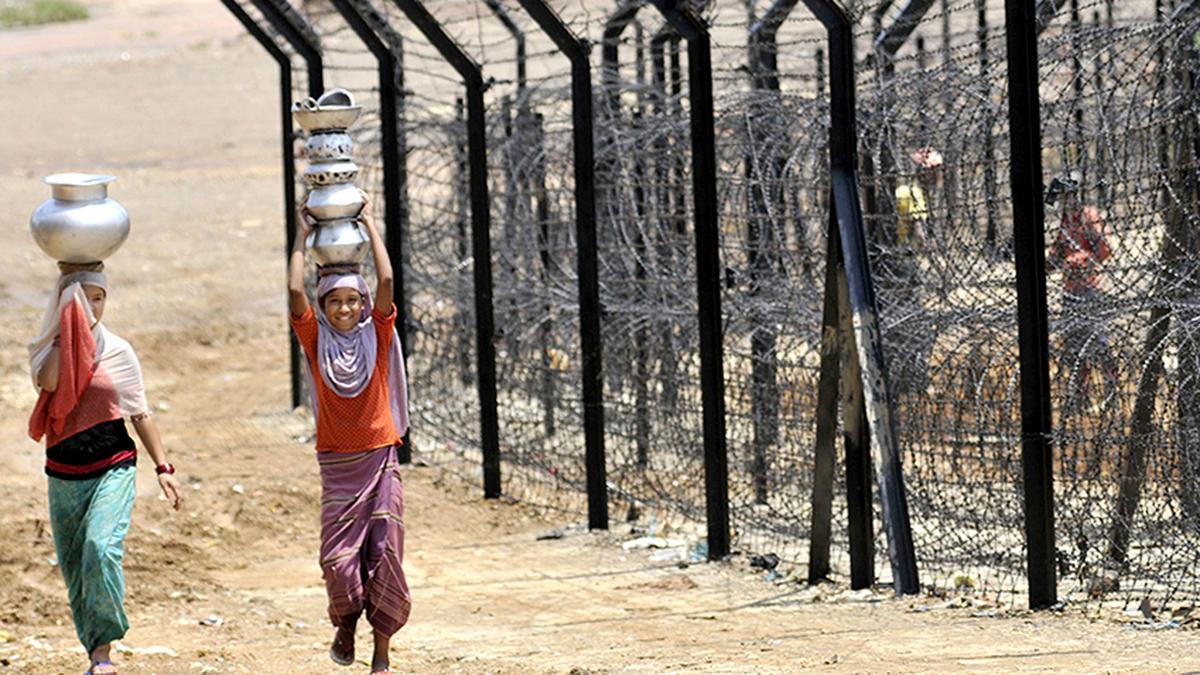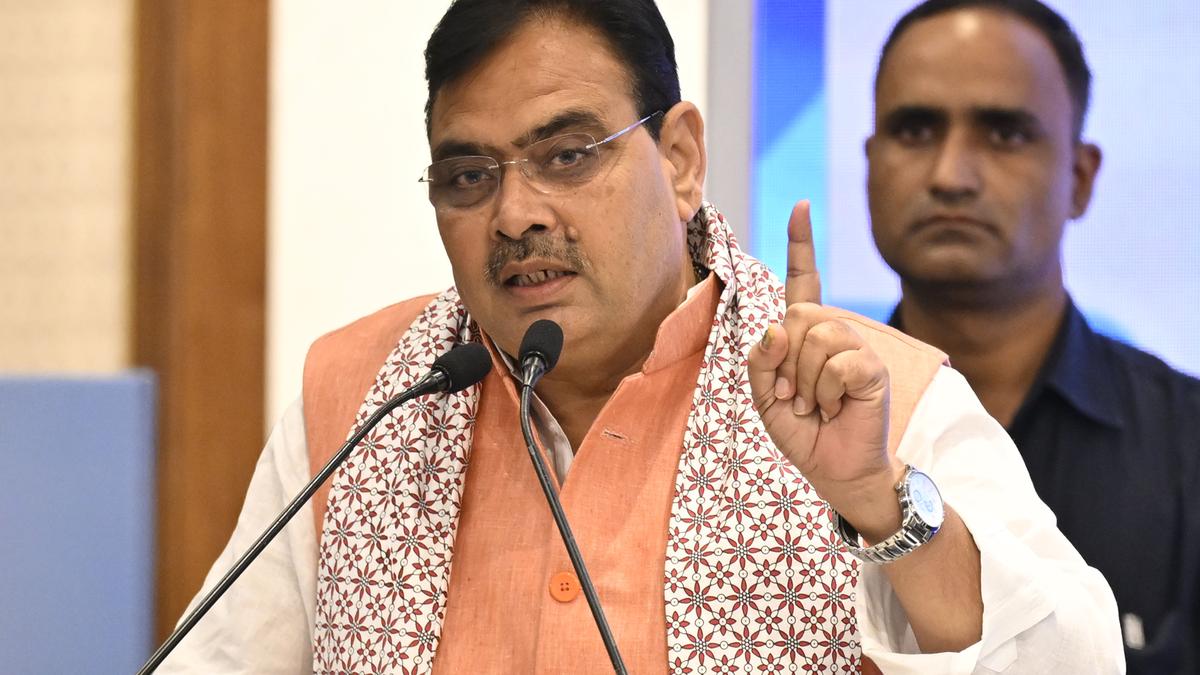The Ministry of Environment, Forest and Climate Change has announced a ‘National Designated Authority (NDA),’ a mandatory requirement under the provisions of the 2015 Paris Agreement to enable a carbon emissions trading regime.
Within the Paris Agreement, a section called Article 6 defines the contours under which such an emissions trading regime, or a market, can take shape. One of the long-standing bones of contention among countries, Article 6, was finally passed by countries at the 29th edition of the climate COP in Baku, Azerbaijan, in November 2024.
Though most of the necessary nuts and bolts to make operational such a carbon market supervised by a United Nations body were in place since 2022, there were several niggles, particularly on ensuring that the carbon credits generated are genuine and its antecedents are transparent.
The creation of an NDA is a mandatory requirement under Article 6. A notification from the Environment Ministry on August 22 lays out the composition of the NDA, which is a 21-member committee headed by the Secretary of the Environment Ministry. Representatives include officials from the Ministry of External Affairs, Ministry of Renewable Energy, NITI Aayog and Steel Ministry among others. The maximum representation is from the Environment Ministry.
The NDA’s responsibilities include recommending to the Union government the list of activities that can be considered for the trading of emission reduction units from projects under Article 6, modifying them from time to time keeping in view national sustainable goals, country-specific criteria and other national priorities; receive projects or activities for evaluation, approval and authorisation; authorise the use of emission reduction units from projects for use towards achievement of Nationally Determined Contributions (NDC).
The NDC refers to commitments by countries to reduce emissions in line with diverting their energy consumption towards renewable energy sources as well as taking action to reduce carbon concentrations in the atmosphere.
India’s NDC commits to reducing its GDP’s emission intensity by 45% by 2030 from 2005 levels, achieving 50% cumulative electric power capacity from non-fossil fuel sources by 2030, and creating an additional carbon sink of 2.5-3 billion tonnes of carbon dioxide equivalent by 2030 through afforestation.



.png)
.png)
.png)
















 2 hours ago
3
2 hours ago
3









 English (US) ·
English (US) ·